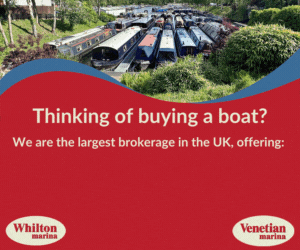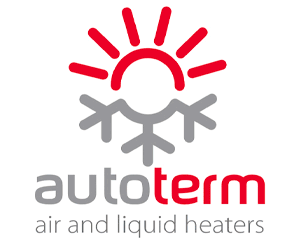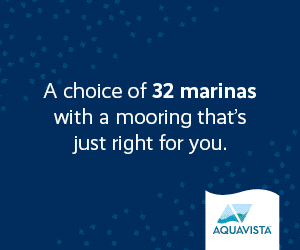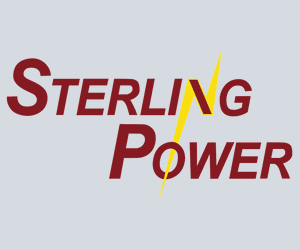How to keep cost down for a new boat
Buying a new boat, especially a bespoke one, is always going to be a major investment. However, you can look to reduce the initial outlay if you can do some of the work yourself, or cope with a slightly lower specification that you can upgrade in the future. Make a list of ‘essential’ and ‘desirable’ characteristics – and be realistic with what you want to achieve. You might also find that some of the desirable things turn out to be unnecessary when you start to use your new boat.
Remember that the shell is the boat – don’t skimp here, as this will ultimately be the main determining factor of the value of your boat. The interior can always be tweaked, but it’s hard to improve a shell much.
Length is important – the longer the boat, the more expensive it is. Can you cope with 50ft instead of 58ft? Or consider a much smaller boat – say 40ft, with the idea of having it lengthened to 58ft in the future.
Simple paint schemes keep the cost down, and many shiny new schemes show damage in the first five years as mill scale lifts from the steel – so the first full repaint could be when you go to town on the decoration. A well-applied single colour to the cabin, maybe with a simple lining or handrails picked out in a contrasting colour, could work well.
Keep fixed furniture to a minimum so don’t over-specify lots of shelves and cupboards – a good joiner can always add these later. Remember though that most domestic furniture is too large for boats, especially narrowboats.
Soft furnishings are very pricey. Can you make do with a simple curtain, or cheap blind for a year or two, then add proper ones later (or make your own window by window)?
Smaller engines can be cheaper – narrowboats in particular are often overpowered. Better a smaller engine working hard than too big a unit doing little above tickover.

A basic engine installation with a less powerful motor can be cheaper
Three 110Ah batteries on the domestic side may be all you need, especially if on mains power. If space is planned for more, when you replace them after five years or so, you can add extra cells. Also, use basic open cell lead acid leisure batteries as they are probably the most cost-effective, if you maintain them.

A simple electric system, with just three batteries, supports low-consumption and is fine if you cruise lots or have access to 230V shoreline.
Quasi sine wave inverters are a lot cheaper and perfectly fine if you don’t need to run delicate electronics (or most washing machines).

Basic electrical system with simple inverter can save thousands
Solid fuel or diesel stoves are a cost-effective way to heat a boat, and you can add full central heating later. Or consider utilising the engine’s waste heat, which is quite an easy DIY job and gives ‘free’ heat when cruising.
Free-standing appliances like cookers and fridges can work out cheaper, as well as quicker for a boat-builder to fit. If you are not that much of a cook, why not just have a simple two-burner gas hob – and a combi microwave oven – especially if you will often be on 230V shoreline.

A simple linear galley provides all that is needed, with cheaper free-standing appliances.
Keep bathrooms simple with cassette loos and domestic shower cubicles cut to size. Avoid fancy tiling and use waterproof board or vinyl coverings.
Don’t keep changing your mind! Once you have made a decision, stick with it unless it really won’t work – or the boat-builder suggests a more sensible way of doing something. Every change usually carries a significant cost – just adding a light after the linings have been fitted may take a day of a builder’s time.
What could I get off the peg for around £90,000?
Some boat-builders offer standard ranges that can be bolstered with extensive options lists. Often they are fixed layouts and can be excellent value. However, as soon as you delve into the myriad of options, the price can quickly ramp up, especially if you make changes to the standard design. However, accepting the basic specifications can make good sense, as long as future upgrades can be easily fitted.

New & Used Boat Co’s Hanbury Shearwater range is a typical of off-the-peg narrowboats, starting at £73,000 for a 40-footer, rising to £82,000 for the 50ft boat and topping out at £99,995 for the 70ft version. The specifications are quite generous as standard, with a 38hp Canaline engine, solid-fuel stove, Webasto diesel heating system, 2.5kW/70A pure sinewave combi inverter and oak or ash-faced ply lining. The interior is based around a fixed double-berth in a bow cabin, aft galley and open-plan saloon – with options to include a dinette. The options list is impressive, and shows clearly what things cost, so there are no surprises.





